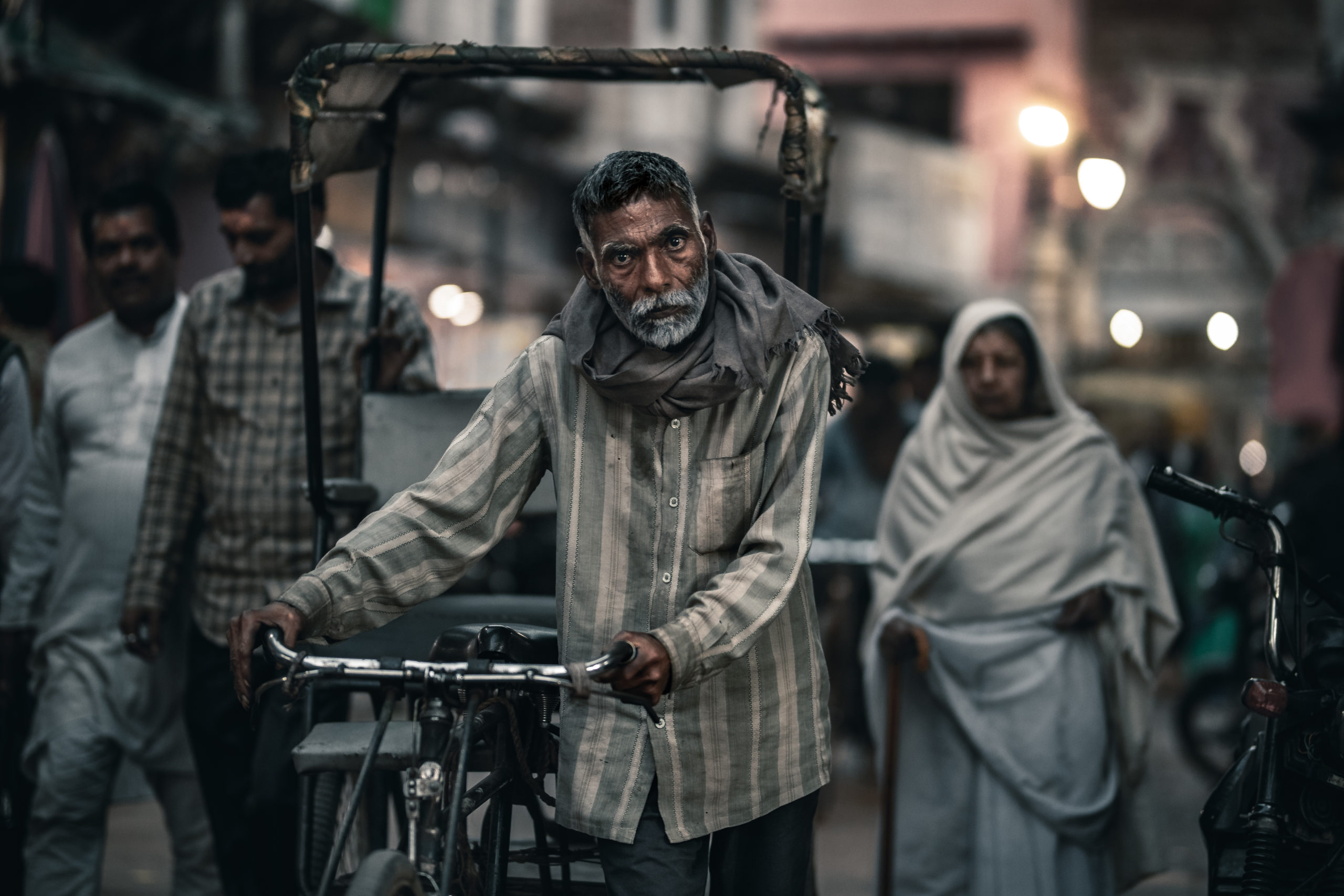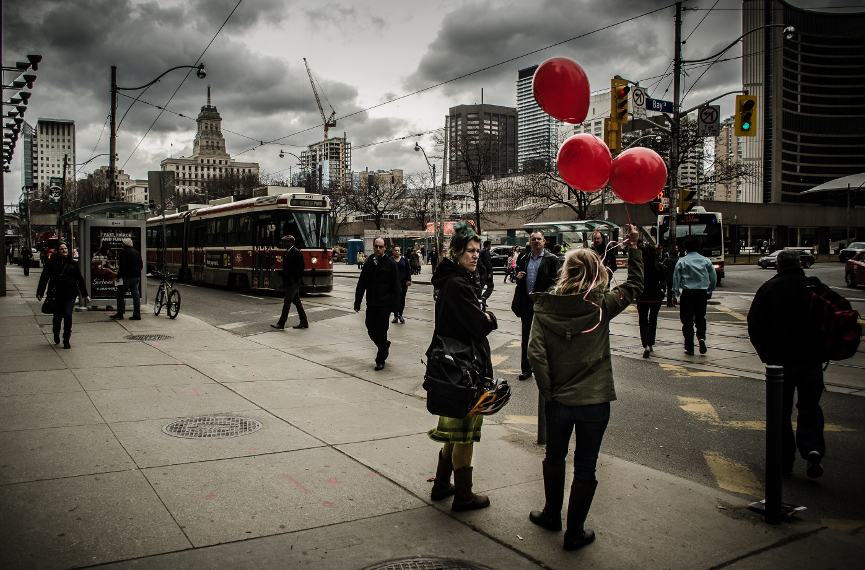Some Of Street Photographers
Table of ContentsStreet Photographers - An OverviewOur Street Photographers IdeasStreet Photographers Things To Know Before You BuyHow Street Photographers can Save You Time, Stress, and Money.The Best Strategy To Use For Street Photographers
, a style of photography that records daily life in a public place. The very publicness of the setting enables the professional photographer to take candid photos of unfamiliar people, typically without their expertise. Road digital photographers do not necessarily have a social purpose in mind, but they prefer to separate and record moments which might otherwise go unnoticed.He was affected by numerous of those who affected the street professional photographers of the 1950s and '60s, he was not mainly interested in recording the spirit of the street. The impulse to aesthetically document individuals in public started with 19th-century painters such as Edgar Degas, douard Manet, and Henri de Toulouse-Lautrec, that worked side by side with professional photographers attempting to capture the significance of urban life.
In comparison to Atget, photographer Charles Marville was worked with by the city of Paris to develop an encyclopaedic paper of Haussmann's urban preparation job as it unravelled, therefore old and brand-new Paris. While the professional photographers' topic was basically the exact same, the outcomes were markedly different, demonstrating the impact of the digital photographer's bent on the character of the pictures he generated.
Everything about Street Photographers
Provided the fine top quality of his photographs and the breadth of product, designers and musicians frequently acquired Atget's prints to utilize as recommendation for their very own job, though industrial interests were barely his primary motivation. Instead, he was driven to picture every last remnant of the Paris he loved. The mingled interest and urgency of his mission shine through, leading to pictures that tell his very own experience of the city, qualities that prepared for road photography of the 20th century.

Unlike his peers, Brassa made use of a larger-format Voigtlnder electronic camera with a much longer direct exposure time, requiring him to be extra calculated and thoughtful in his technique than he might have been if using a Leica. (It is thought that he might not have been able to pay for a Leica during that time, but he did, nevertheless, use one in the late 1950s to take colour pictures.) Brassa's photographs of the Paris abyss illuminated by man-made light were a discovery, and the compilation of the series that he released, (1933 ), was a major success.

How Street Photographers can Save You Time, Stress, and Money.
It is because of this fundamental understanding of the art of image taking that he is commonly credited with discovering the medium around again roughly a century since its development. He took pictures for even more than a half century and influenced generations of photographers to trust their eye and intuition in the moment.
These are the questions I will try to address: And afterwards I'll leave you with my very own meaning of road photography. Yes, we do. Let's kick off with defining what a meaning is: According to it is: "The act of specifying, or of making something definite, unique, or clear".
No, absolutely not. The term is both limiting and misleading. Seems like a road digital photography need to be images of a streets best?! And all street photographers, other than for a handful of absolute beginners, will completely appreciate that a road is not the vital component to road digital photography, and in fact if it's a picture of a street with possibly a couple of boring people not doing anything of rate of interest, that's not street digital photography that's a picture of a street.
Getting The Street Photographers To Work
He makes a valid point don't you believe? While I agree with him I'm not sure "honest public digital photography" will certainly catch on (although I do kind of like the term "candid digital photography") because "street digital photography" has actually been around for a lengthy time, with several masters' names affixed to it, so I think the term is right here to stay. Street Photographers.
You can shoot at the beach, at a festival, in a street, in a park, in a piazza, in a cafe, at a gallery or art gallery, in a metro station, at an check my source event, on a bridge, under a bridge ...
Getting My Street Photographers To Work
Yes, I'm afraid we worried More Bonuses no choice! Without regulations we can not have a meaning, and without an interpretation we don't have a style, and without a category we don't have anything to specify what we do, and so we are stuck in a "policies interpretation style" loop! - Street Photographers
